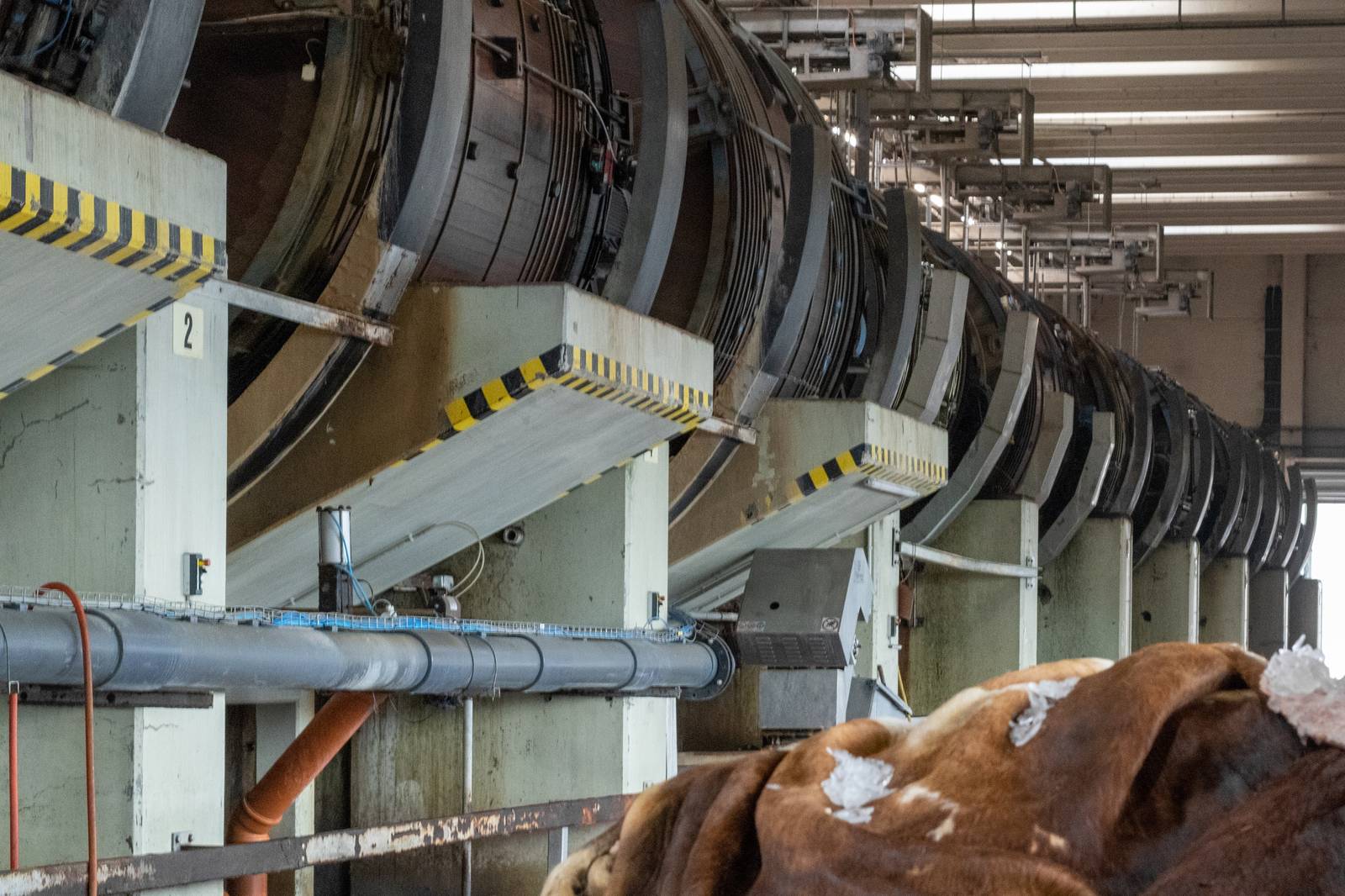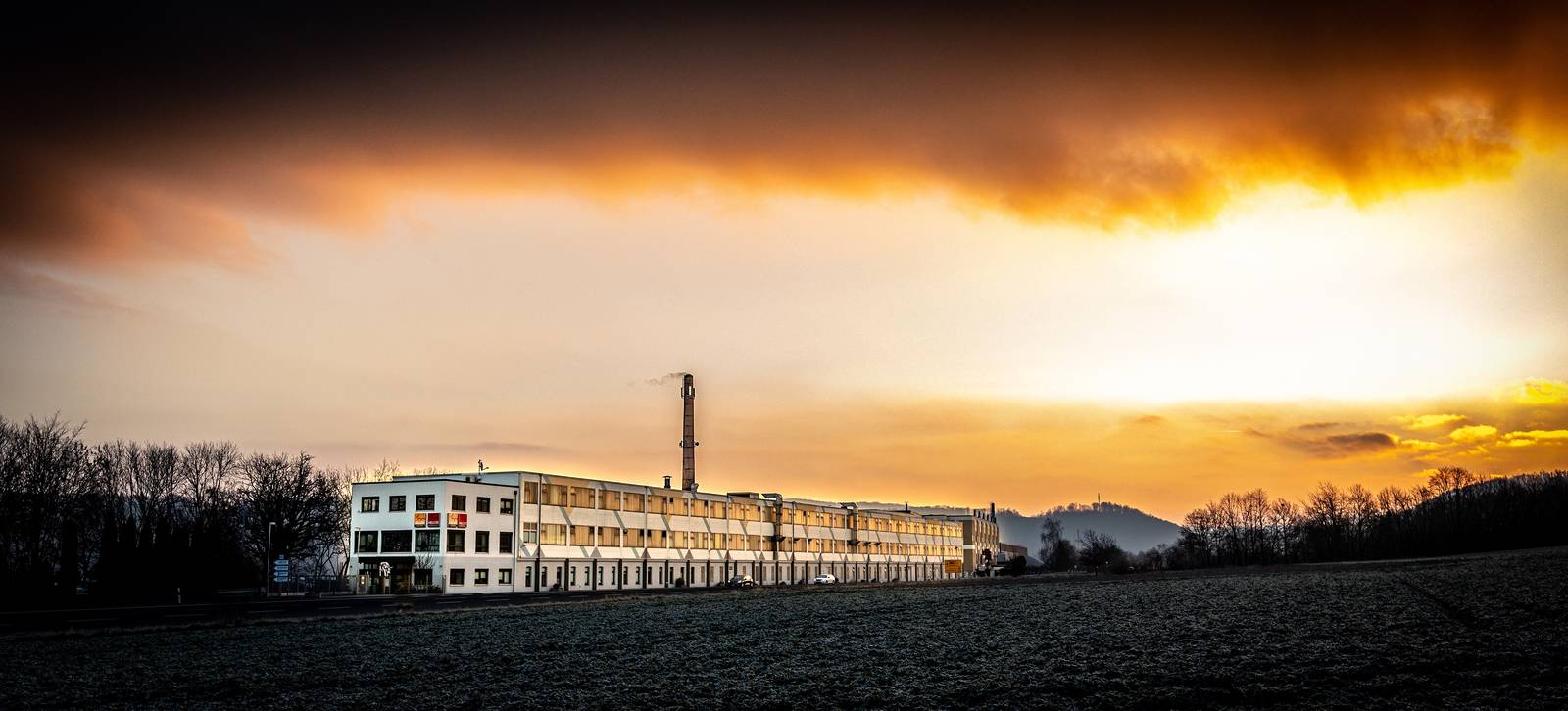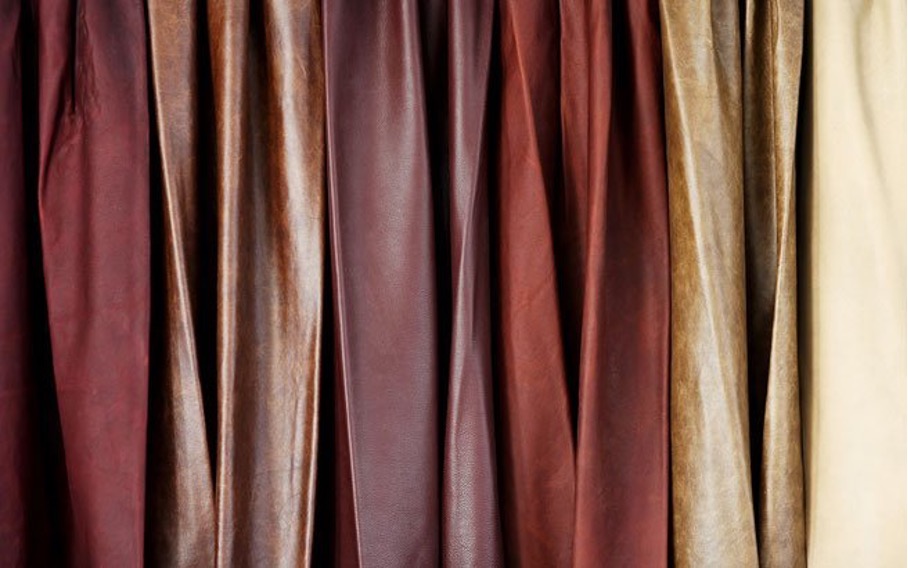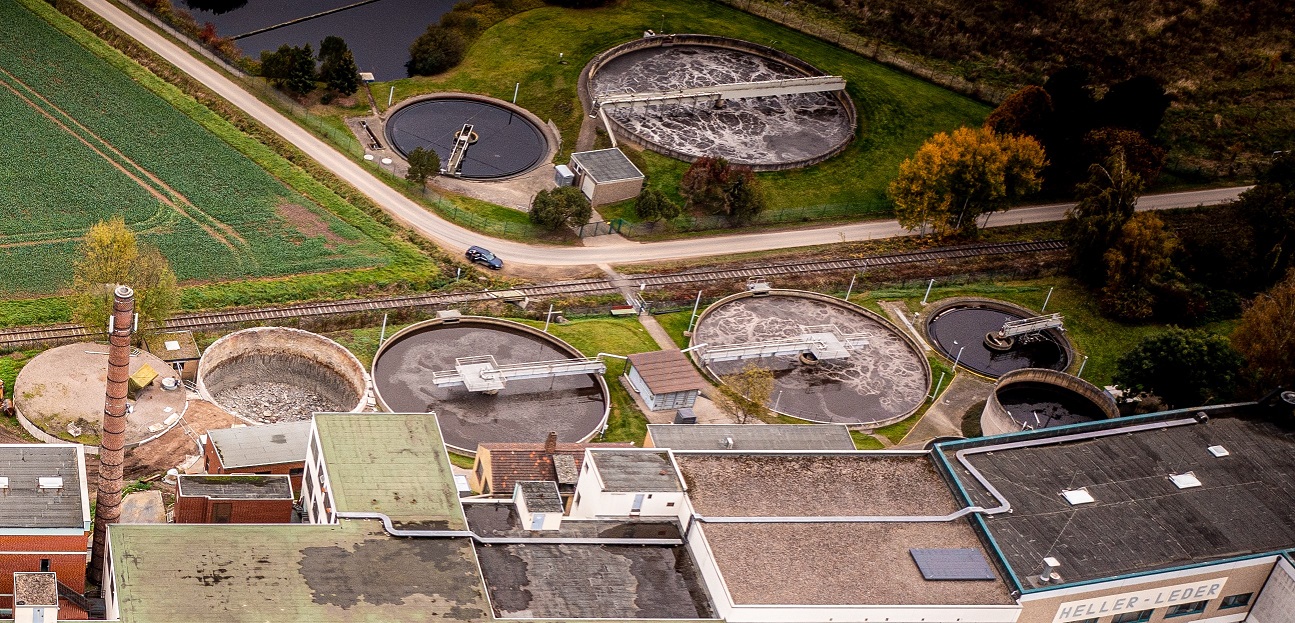Leather – what you need to know
Inspired by all this, we’ve compiled a few facts about the world’s earliest upholstery material for you.
The tanning process
Tanneries produce leather from raw hides. Without tanning, the hides would dry out, become stiff and brittle, or decay within a short period of time. The entire elaborate and complicated process, which can involve up to 40 different steps, is explained very clearly here: https://vdl-web.de/leder/lederherstellung/
As long ago as the days of hunters and gatherers, people recognised that animal hides protect and keep warm. For thousands of years, however, the methods of making the leather soft and durable remained very primitive and labour-intensive: the leather was kneaded or beaten for weeks and rubbed with fat, urine or animal brains. It was actually the Ancient Egyptians who first produced the tanned leather we know today. Until the mid 19th century, tanning was a respected trade, but one that was very dirty and demanding and that often ruined the tanner’s health. This only changed with the development of chrome tanning. Tanning became much easier and faster, therefore marking the onset of industrialised leather production.
Chrome speeds up tanning, makes leather extremely supple and ensures the process is comparatively inexpensive. However, if this process is carried out poorly, toxic chromium-6 can be produced, which can cause allergies through contact with the skin and, in the worst case scenario, even cancer. “Toxic leather”, especially from developing and newly industrialised countries without restrictions on chromium-6 or with few checks in place, is therefore a frequent topic of discussion in the media. This toxicity exists despite the fact that we now know how the formation of chromium-6 can be prevented during tanning. Germany has had a ban on hexavalent chromium above maximum exposure values since 2006, and this is strictly enforced.
Leather can also be tanned using plant-based elements such as tannins from bark, leaves, husks and roots. You can now, for example, get leather that has been tanned using olive leaves, chestnuts or rhubarb root extract.
The leather industry today
The global production of leather is centred on developing and emerging countries, as costs and environmental standards are low there. China, Brazil, India and the USA are by far the largest producers. Europe’s leather production has been in decline for decades, as the footwear industry and other customers now outsource production almost exclusively to low-wage countries. Italy is the largest European producer by a wide margin. Less than 20 of the hundreds of tanneries that once existed in Germany are still in operation today. These concentrate on the production of exclusive, high-quality and sustainably produced leather for the furniture and automotive industries.
The global leather industry is growing. It’s estimated that in the past 30 years, production volume has increased by well over 50%. About half of the leather produced is used for the manufacture of footwear.
Types of leather
Nubuck, suede, buffalo, nappa – the variety of leathers available is extensive. For heavy-use office and 24-hour chairs, however, smooth leather is the only option.
When it comes to smooth leathers, a distinction is made between the degree of processing. If the leather has a more or less natural finish, it is described as aniline. It’s very soft, feels warm to the touch and is breathable. Only the highest quality, flawless, scar-free hides can be used for this, which is why it is also very expensive. It’s also an extremely sensitive leather that is anything but easy to look after. All it takes is a spilled glass of wine or cup of coffee and the elegant look is ruined.
Semi-aniline leather is not quite as refined, but a bit more practical. It’s similar to aniline leather but has a slight pigmentation. This protects the pores to a certain extent and makes the leather less susceptible to stains and other damage. It is nevertheless soft and pleasant to use.
Coated or pigmented leather has a thicker layer of colour compared to semi-aniline leather. Pores are completely covered. The colour thickness depends on how pronounced a hide’s scars and other natural features are. In some leathers, the colour completely conceals the natural markings and an artificial grain pattern is imprinted. Coated leathers are simple and easy to look after. However, in the case of low-quality leather hides, the colour layer tends to be so thick that the leather feels stiff and cold. In addition, you are more likely to sweat when sitting on it in warm temperatures.
Sustainability
Like all other industries, leather production has an impact on the environment. Animal welfare, resource consumption, emissions and health risks to workers and consumers are all topics of sometimes controversial debate. Sustainability is such a complex issue that we plan to address it further in a future article. But essentially, if we take a closer look, we can say that how sustainable a leather is depends first and foremost on its origin. Let’s take a look at the leather we use for our 24-hour chairs as an example.
The leather for our Svenstol chairs is produced less than an hour’s drive from Stolcomfort in Hehlen an der Weser. Heller Leder is the first tannery whose entire manufacturing process has been awarded the “Blue Angel” environmental quality seal. The animal hides that are processed here come exclusively from German cattle that are kept according to strict German animal welfare guidelines and environmental requirements.
The fact that cattle pollute the environment through the use of space, consuming water and feed, and through the emission of methane is common knowledge. In relation to leather, however, it is important to bear in mind that cattle are kept for the production of foodstuffs such as meat, cheese and milk. Leather is a side product that would probably not exist without food production. If we were to do without leather for ethical or ecological reasons, we would have to dispose of the animal hides unused, which in turn would make neither economic nor ecological sense.
Tanning requires both power and water. Heller is one of the world’s most energy-efficient companies. The company employs power-heat coupling in combination with a biogas plant. Electricity, heat and gas usage are 100 % CO2-neutral. The use of water has been steadily reduced; only a third of the standard amount is now needed on average. Waste water is treated in the company’s own waste water treatment plant and then channelled back into the river Weser.
The leather we use for our 24-hour chairs is a lightly pigmented leather that is both comfortable and extremely hardwearing. To meet the requirements of our customers, this leather is tanned without chrome. Chrome-tanned leather from Heller could however be used without reservation due to the company’s stringently controlled production processes.
As far as the eco-balance is concerned, aspects such as ease of care and durability strongly speak in favour of leather. These result in a significantly longer service life, generally speaking and specifically with regard to our 24-hour chairs, than any other upholstery material we have come across. Chairs with fabric or imitation leather upholstery are often replaced by our customers much sooner. A used leather 24-hour chair, on the other hand, which we take back when a new Svenstol is purchased, can usually even be refurbished for a second life as an office chair.









